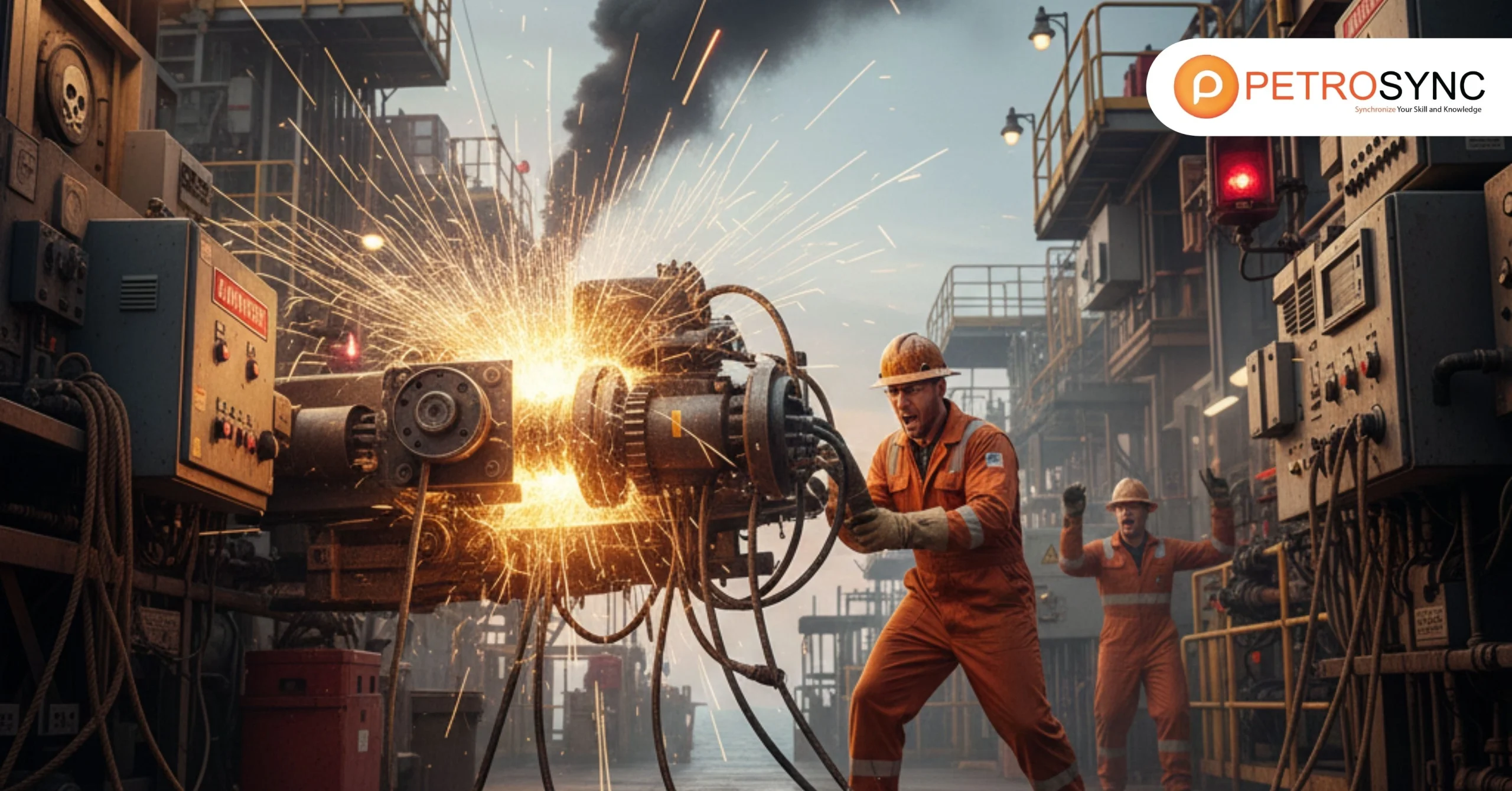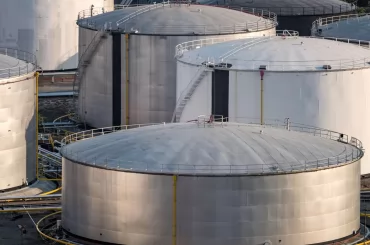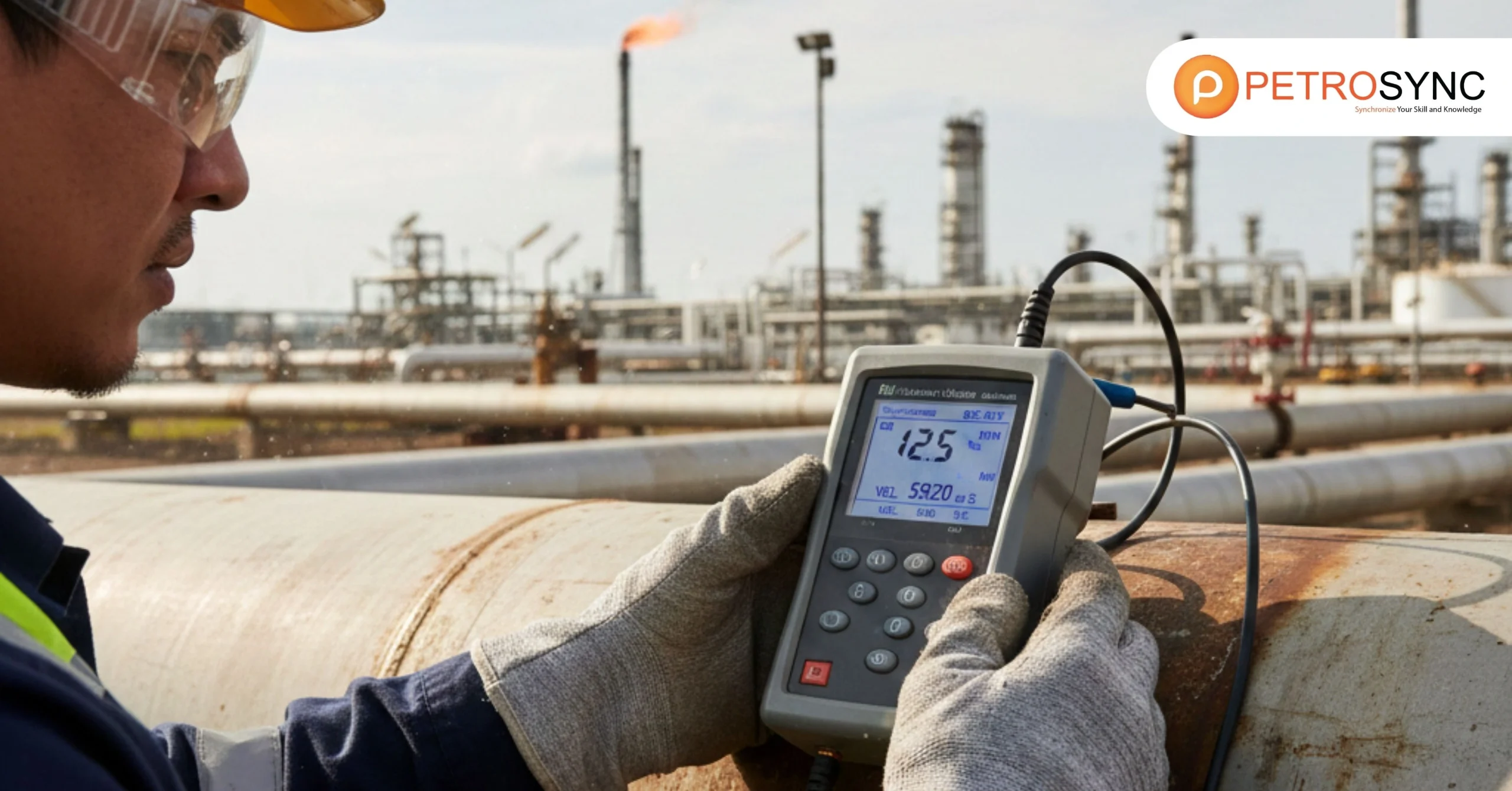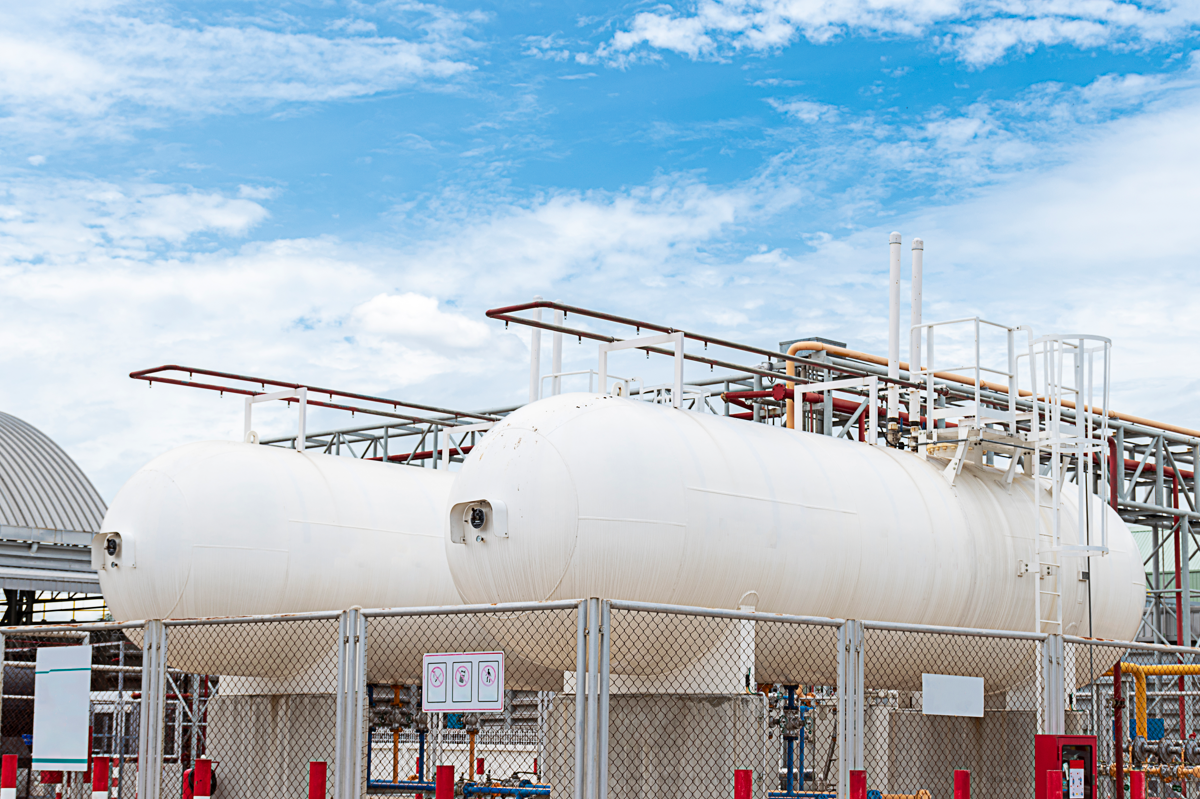In the ever-changing realm of industries reliant on machinery and assets, the reliability and durability of equipment stand as paramount concerns. Addressing these concerns, API 580 emerges as a foundational guideline that has continuously adapted to technological advancements and real-world experiences. In the following article, we delve into the details of the API 580 latest edition, uncovering its refined approaches, practical implementations, and its role in empowering industries to proactively manage risks and uphold the soundness of their crucial assets.
What Is API 580?
API 580, also known as “Risk-Based Inspection (RBI),” is a set of guidelines developed by the American Petroleum Institute (API). It helps industries like oil and gas and petrochemicals assess and manage risks linked to their equipment and assets.
API 580 offers a way to evaluate the chances of equipment failure and its potential consequences. It helps in finding ways to reduce these risks effectively. This practice helps organizations decide where to focus their inspections and how to use their resources wisely for maintaining and fixing important equipment.
This approach considers factors like how the equipment is doing, how it’s being used, and its history of inspections to decide when and how to inspect and fix it. API 580 is one of API Standard crucial for keeping operations safe and dependable in industries that rely on their equipment.
How Many Updated Versions of API 580 Since The First Launch?
There have been three updated versions of API 580 since its initial launch. Below are the highlighted parts of the difference from each updated version.
1. API 580 – First Version (2002)
The original API 580, released in 2002, laid the groundwork for risk-based inspection (RBI) in industries like oil and gas, petrochemicals, and more. It introduced methods to evaluate risks linked to equipment and assets, helping prioritize inspections and maintenance choices.
2. API 580 – Second Version (November 2009)
The second update of API 580 aimed to improve and refine the RBI methods introduced in the first edition. This version likely included insights from industries, real-world examples, and advancements in risk assessment techniques, creating a more comprehensive and effective approach to managing equipment risks.
3. API 580 – Latest Version (2016)
API 580 latest edition continued to expand on the foundation set by the previous versions. It probably included additional improvements based on industry changes, technological progress, and lessons learned from practical applications of RBI. The 2016 version aimed to offer more practical guidance for evaluating and handling risks associated with equipment and assets.
What Is The Latest Version of API 580?
The original API RP 580 was released in May 2002, and the latest version is the third edition, published on February 1, 2016. The RBI guidelines address several key points. These cover an introduction to the ideas and rules of RBI for managing risks. Additionally, there are specific sections that explain the stages of using these rules within the RBI process framework.
1. Understanding The Design Premise
Before assessing risks, it’s crucial to understand the original design intent of equipment and processes. This understanding helps ensure that the risk assessment aligns with the intended purpose of the equipment and that any deviations from the design can be adequately addressed.
2. Planning The RBI Assessment
Planning involves laying out a roadmap for the risk-based inspection (RBI) process. This includes determining the scope of the assessment, allocating necessary resources, setting timelines, and outlining the responsibilities of the individuals involved.
3. Data and Information Collection
Accurate risk assessment relies on gathering comprehensive data and information about the equipment being evaluated. This encompasses details about its construction, material, operating conditions, maintenance history, and any past issues.
4. Identifying Damage Mechanisms and Failure Modes
Recognizing potential ways in which equipment might deteriorate over time is essential. By identifying specific damage mechanisms and failure modes, practitioners can focus their assessment on the most relevant risks.
5. Assessing Probability of Failure (POF)
Assessing the probability of failure involves evaluating the likelihood that the equipment will fail due to identified damage mechanisms. Factors such as corrosion, fatigue, or wear are considered to estimate the likelihood of failure.
6. Assessing the Consequence of Failure (COF)
Understanding the potential consequences of failure is equally important. This involves analyzing the impact a failure could have on safety, the environment, production, and overall operations.
7. Risk Determination, Assessment, and Management
Combining the assessed probability of failure (POF) and the consequence of failure (COF) provides an overall risk level. This helps prioritize which risks require immediate attention, guiding decision-making for risk management strategies.
8. Risk Management with Inspection Activities and Process Control
Risk Management with Inspection Activities and Process Control: Once risks are identified, tailored inspection activities and process controls are implemented. This might involve increasing inspection frequency, modifying operating conditions, or applying preventive maintenance practices.
9. Other Risk Mitigation Activities
Beyond inspections, mitigation actions could include improving design, implementing redundancy, training personnel, or creating contingency plans. These activities help minimize risks and their potential impacts.
10. Reassessment and Updating
Risks and conditions change over time, so regular reassessment and updating of the RBI strategy is crucial. This ensures that the risk management approach remains effective and aligned with current conditions.
11. Roles, Responsibilities, Training, and Qualifications
Clearly defining roles and responsibilities within the RBI process ensures that individuals have the necessary training and qualifications to make informed decisions about risk assessment, mitigation, and management.
12. Documentation and Recordkeeping
Proper documentation and record keeping capture all steps of the RBI process, including assessments, decisions, actions taken, and outcomes. This documentation provides a historical record, aids analysis, and supports continuous improvement efforts.
For engineers engaged in oil and gas, petrochemical, and chemical sectors, acquiring mastery in API 580 holds immense value. API 580 standard is not just a guideline, it is a key to becoming a proficient risk manager.
By mastering API 580, you gain the ability to assess, mitigate, and oversee risks linked to vital assets. From refining processes to production facilities, API 580 expertise empowers you to make informed choices that uphold both operations and reputation. Step up your career and contribute to a safer industry by embracing the fundamental principles of API 580. Ready to enhance your skills? Join PetroSync’s API 580 training and embark on this journey today!

SEO specialist by day, fact-checker by night. An avid reader and content writer dedicated to delivering accurate and engaging articles through research and credible sources.







